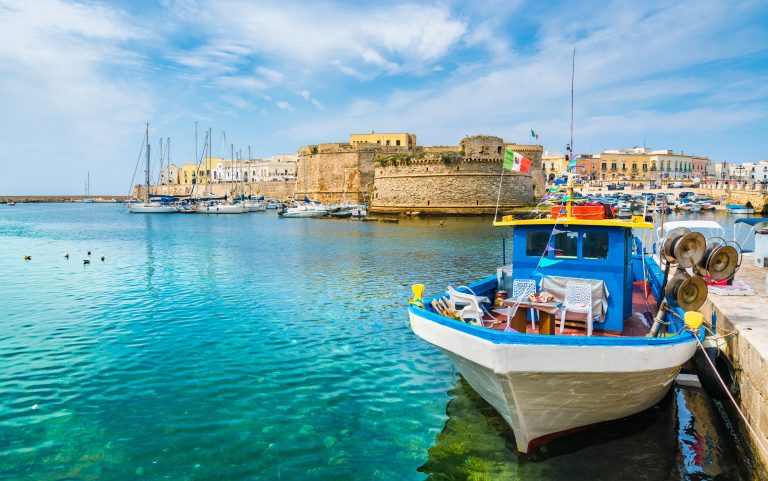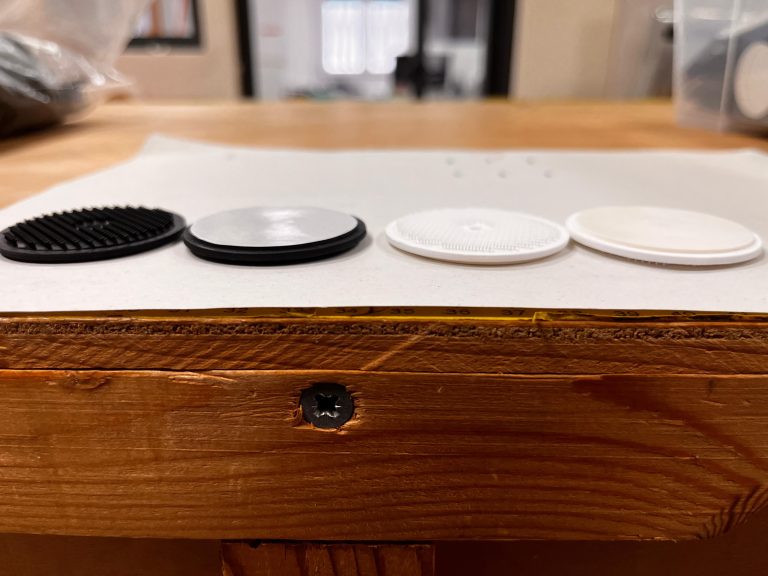 A boat is a complex entity, made by many different materials, techniques, tools, not easy to handle and understand. Many are the problems and challenges boat designers and a boat yards are facing during the long process of designing and building a boat.
A boat is a complex entity, made by many different materials, techniques, tools, not easy to handle and understand. Many are the problems and challenges boat designers and a boat yards are facing during the long process of designing and building a boat.
An Interdepartmental Center for Industrial Research dealing with Advanced Mechanics and Materials which has among its competences the Marine Unit, this is CIRI-MAM of the University of Bologna.
The marine unit is divided into five macro-areas: advanced design methods for boating, structural simulation, water / air fluid dynamics simulation, structural integrity and quality verification with non-destructive methods and physical / digital prototyping and photorealistic visualization.
The headquarters are at the Nautical Technopole in Marina di Ravenna (RA) near the shipyards and the internal quay of the Candiano Canal. This location represents an excellent point of presence “at sea” for research activities in the field.
The research center is divided into five macro-areas: advanced design methods for boating, structural simulation, water / air fluid dynamics simulation, verification of structural integrity and quality with non-destructive methods and physical / digital prototyping and photorealistic visualization.
Marine advanced design methods
The creation of pleasure or competition boats capable of operating safely, reliably and economically, in an industrial context that aims at its eco-sustainability, is a challenge that requires the use of specific cutting-edge skills and technologies. The philosophy of the Technopole is oriented to the cooperation between all the competences involved in the boat design, is part of a complex engineering field from which it makes Design for X its own: the result is a better quality of the products, a reduction of costs and overall times of realization of the project. The most innovative design techniques for standardization are implemented. The design is based on Simulation Based Design – SBD fielding intrinsically sustainable and methodologically rigorous design strategies, identifying the objectives and constraints of the design, together with digital prototyping (Digital mock-up – DMU) which allows the simulation of assemblies before they are actually carried out, they permit the evaluation of alternative scenarios and options as well as an early identification of construction problems.
The internal computer center, equipped with a cluster in a high-performance Linux environment, allows, thanks to the exploitation of the available computing power, an increase in the calculation speed and consequently a reduction in design times. All this leads to the best possible solutions.
Structural simulation
The experience deriving from university research and the consolidated collaboration with external industy partners, allow the center to better manage the design activities involving the use of FEM -finite element analysis. The analysis range from the “classic” linear static calculations to which, in the preliminary validation phase, most of the structural sizing is attributed, to the highly non-linear analysis used in case of large displacements and deformations and to non-linearities associated with such large composite materials employment in the marine industry. To this, the kinematic analyzes for the study of the behavior of moving bodies and the modal analyzes aimed at the vibrational study of structures are combined.
Large displacements and deformations, together with non-linearity and anisotropy due to composite materials, are often serious problems in marine design, as it involves the determination of the structural dynamic response to vibrational loads. All these problems can be managed through the use of standard industrial applications or by creating customized software to develop new constitutive models and implement them in the adopted numerical codes.
Computational fluid dynamics (CFD) activities are performed using RANSE methods, Smooth particle hydrodynamics (SPH), Advanced Vortex methods (AVM) and variations to traditional potential methods. The simulations are extended to the fluid-structure interaction (FSI), acoustic radiations with particular attention to the impact of motor boats on the marine environment and comfort on board.
CFD is one of the most interesting and fascinating application possibilities in the nautical sector, particularly for sailing. This is the sector that most benefits from the presence of the parallel computing cluster within the Technopole; in addition to a reduction in calculation times, it allows an increase in the accuracy of the results associated with the simulations themselves and the possibility of performing simulations involving the interaction between material structures and the fluids around them (Fluid-Structure Interaction – FSI) whose main application is the air-sail interaction.







